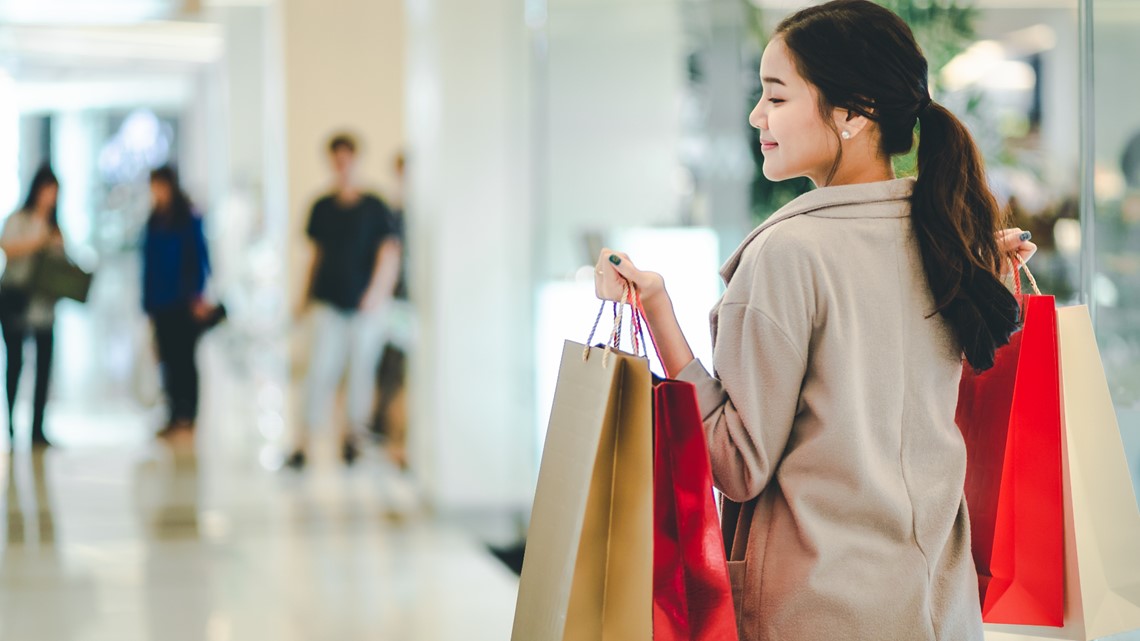Fashion is a constantly evolving realm, where trends come and go with the seasons, and innovation is the driving force. For fashion enthusiasts and industry insiders alike, the fashion shop is more than just a place to purchase clothing; it’s a gateway to self-expression, cultural identity, and lifestyle choices. The modern fashion shop, whether online or brick-and-mortar, serves as a crucial hub in this dynamic world, offering a curated selection of garments, accessories, and footwear that cater to diverse tastes and preferences.

The Evolution of Fashion Retail
The fashion shop has undergone significant transformations over the decades. Traditionally, shopping for clothing was a tactile experience, where customers would visit local boutiques or department stores to try on garments before making a purchase. These stores were often community landmarks, providing a social setting where fashion trends were discussed, and personal styles were cultivated.
With the advent of the digital age, the fashion industry has expanded beyond physical storefronts. E-commerce platforms have revolutionized how consumers interact with fashion, allowing them to browse extensive collections from the comfort of their homes. This shift has not only increased accessibility but has also introduced new challenges, such as the need for virtual try-on technologies and enhanced customer service to replicate the in-store experience online.
The Role of Curation in Fashion Shops
Curation is at the heart of what makes a fashion shop unique. In a world saturated with options, the ability to select and present items that resonate with a particular audience is an art form. Fashion buyers and merchandisers play a critical role in this process, as they scour the globe for pieces that align with their brand’s identity and customer expectations.
Whether it’s a high-end boutique showcasing the latest collections from Paris and Milan, or a local store highlighting sustainable, locally-sourced garments, the curated selection within a fashion shop tells a story. This narrative is what draws customers in, providing them with a sense of connection to the broader fashion community and the values that the shop embodies.
The Intersection of Fashion and Technology
Technology has become an indispensable tool in the modern fashion shop. From AI-driven personalization to augmented reality (AR) fitting rooms, technology enhances the shopping experience in ways previously unimaginable. Retailers now leverage data analytics to understand customer preferences, allowing them to offer personalized recommendations that align with individual tastes.
AR fitting rooms, for instance, allow customers to visualize how a garment will look on them without physically trying it on. This technology is especially beneficial in the online shopping space, where the lack of physical interaction with products can be a barrier to purchase. By integrating these advanced technologies, fashion shops are not only improving the customer experience but also driving sales and reducing return rates.
Sustainability in Fashion Retail
In recent years, sustainability has emerged as a crucial consideration in the fashion industry. Fashion shops are increasingly being held accountable for the environmental impact of their products. As a result, many retailers are adopting more sustainable practices, such as sourcing eco-friendly materials, reducing waste in production processes, and promoting ethical labor practices.
Consumers are also becoming more conscious of the origins of their clothing, leading to a rise in demand for sustainable fashion. Fashion shops that prioritize sustainability often highlight these efforts in their branding and marketing, appealing to the growing segment of eco-conscious shoppers. These retailers may offer recycled fabrics, vegan materials, or garments made with minimal water usage, all while maintaining the style and quality that customers expect.
The Experience-Driven Fashion Shop
The modern fashion shop is more than just a place to buy clothes; it’s a space where experiences are crafted. Retailers are increasingly focusing on creating immersive environments that engage all the senses, making shopping an event rather than a mere transaction. This shift towards experience-driven retail is evident in the rise of concept stores, pop-up shops, and in-store events.
Concept stores, for example, combine fashion with art, music, and lifestyle elements, offering a multi-dimensional shopping experience. These stores are designed to inspire, providing customers with a space to explore new styles and discover unique pieces. Similarly, pop-up shops offer a temporary, often themed shopping experience that creates a sense of urgency and excitement.
In-store events, such as fashion shows, workshops, and meet-and-greets with designers, further enhance the shopping experience, turning it into a social activity. These events foster a sense of community among shoppers, who are not just looking to buy clothes but to engage with the brand and its values on a deeper level.
The Future of Fashion Retail
As the fashion industry continues to evolve, the fashion shop will undoubtedly play a pivotal role in shaping its future. The ongoing integration of technology, coupled with a growing emphasis on sustainability and experiential retail, suggests that the future fashion shop will be a hybrid of the physical and digital worlds.
Personalization will likely become even more advanced, with AI and machine learning algorithms predicting fashion trends and offering custom-tailored recommendations. At the same time, the push towards sustainability will drive innovation in materials and production methods, leading to more eco-friendly fashion choices.
In conclusion, the fashion shop is more than just a venue for purchasing clothing; it is a reflection of cultural shifts, technological advancements, and consumer values. As fashion continues to be a powerful form of self-expression, the role of the fashion shop will remain central to the industry’s growth and evolution. Whether online or offline, these spaces will continue to inspire, connect, and empower consumers in their journey to define and redefine their personal style.